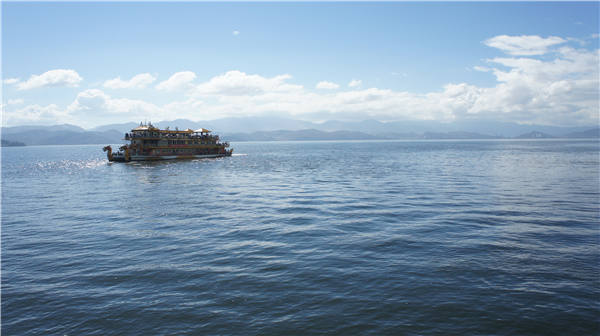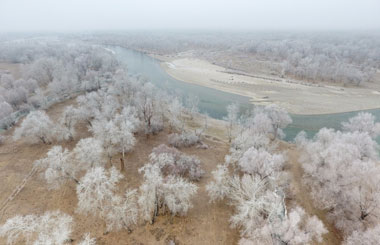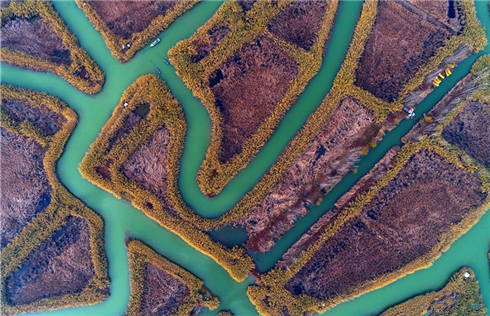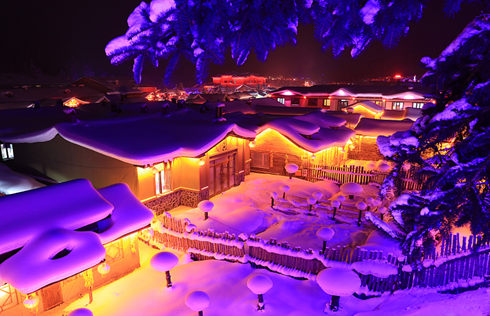Discovering life and death in Dali's back alleys
 |
|
A tourist boat on Erhai Lake. Photos by Belle Taylor/China Daily |
A group of people carrying large, colorful banners suddenly appeared from a tiny village alley.
The mood was festive, joyous.
I stopped one of the men following the parade.
"Is this a ..." I struggled to find the Mandarin word for wedding. "Marriage?"
"No!" he says. "Death!"
And to ensure he wasn't misunderstood, he stuck out his tongue and rolled his eyes to the back of his head, before breaking into uproarious laughter.
Indeed, Yunnan province's old town of Dali is an impossibly quaint slice of ancient China.
It's winding cobbled streets, cute courtyards and imposing city gates were first built in the 14th century. And various emperors, conquerors, religions and ancient trade routes have been leaving their mark ever since.
Dali is nestled in the ridiculously scenic nook below the cloud-topped Cangshan Mountain and above the majestic Erhai Lake. Its unique setting means that almost every vantage point offers spectacular scenery.
Surrounding the old town are fields of rice paddies, where local women wearing traditional clothing work as they have for hundreds of years and men still steer donkey-pulled carts.
Dali's improbable beauty draws thousands of visitors every year, who cram into the town's picturesque streets, posing with selfie sticks and haggling over prices of local delicacies and souvenirs.














